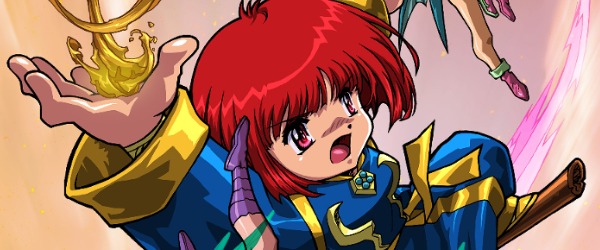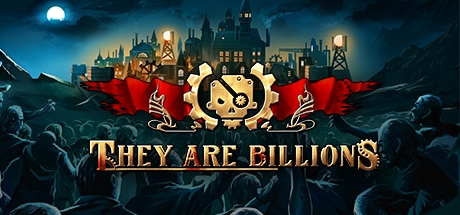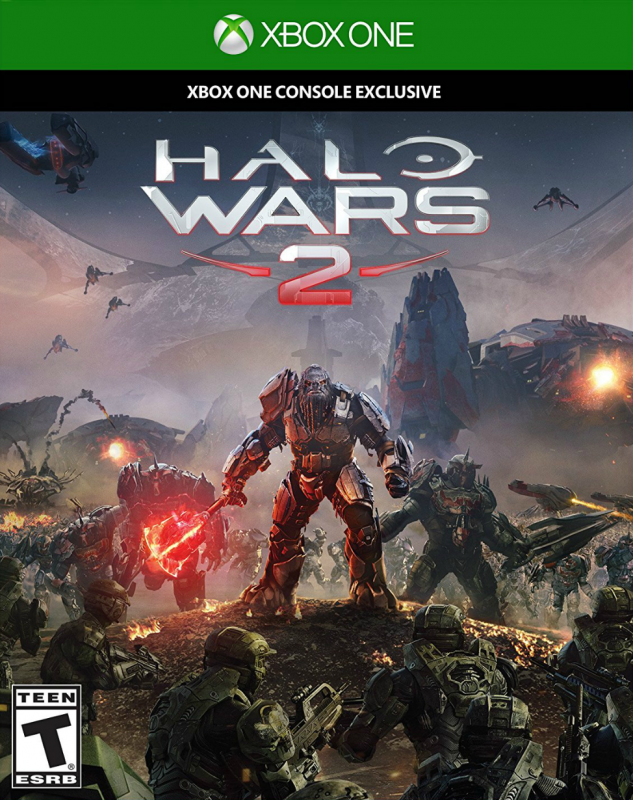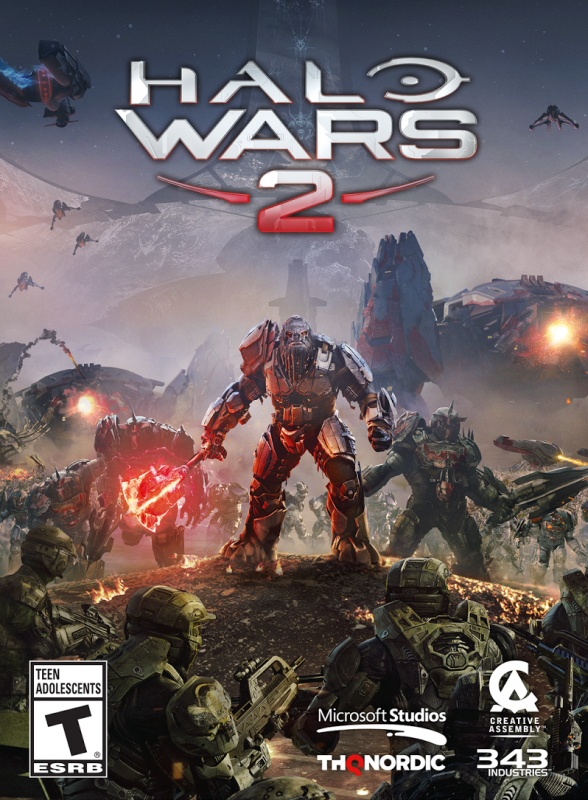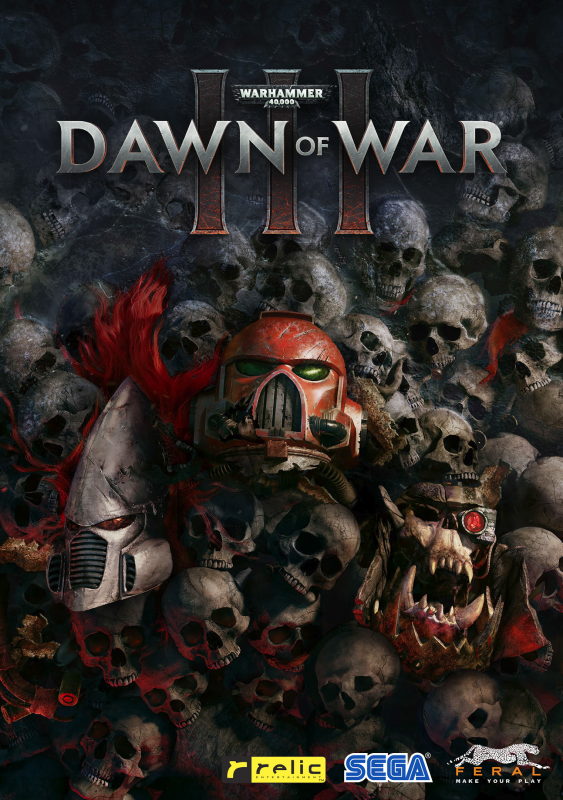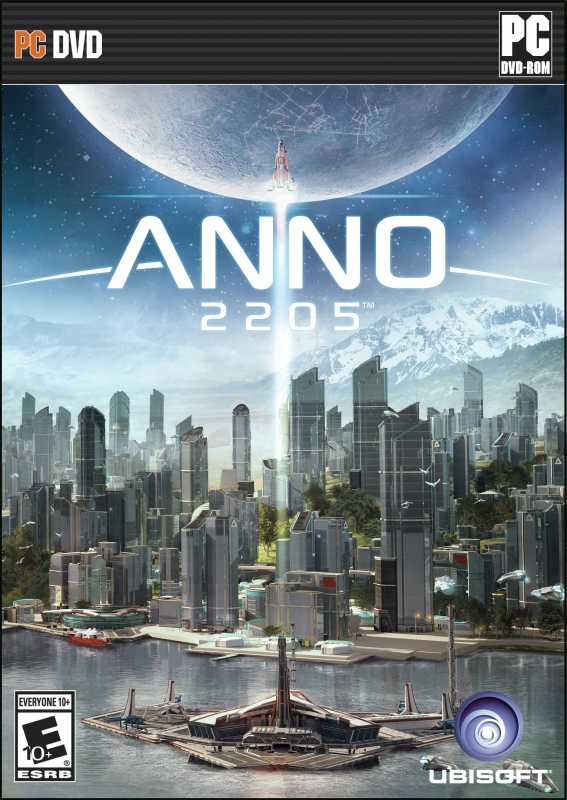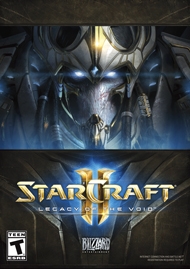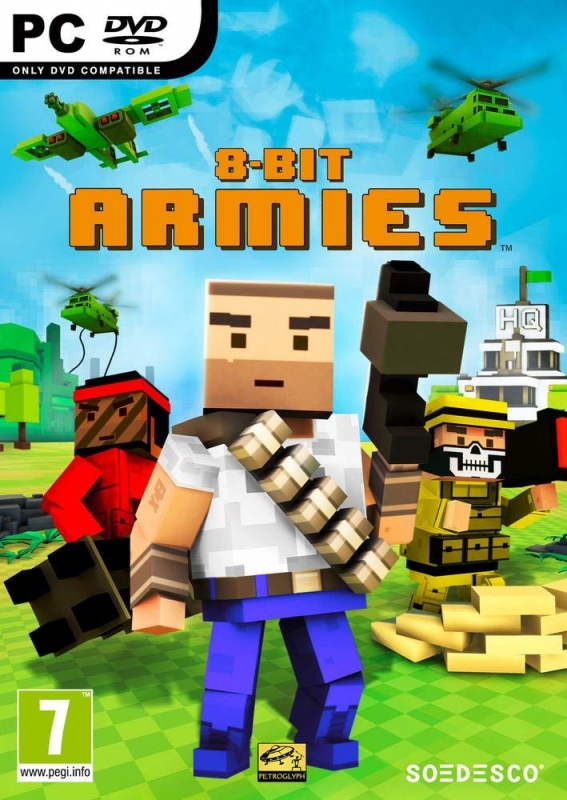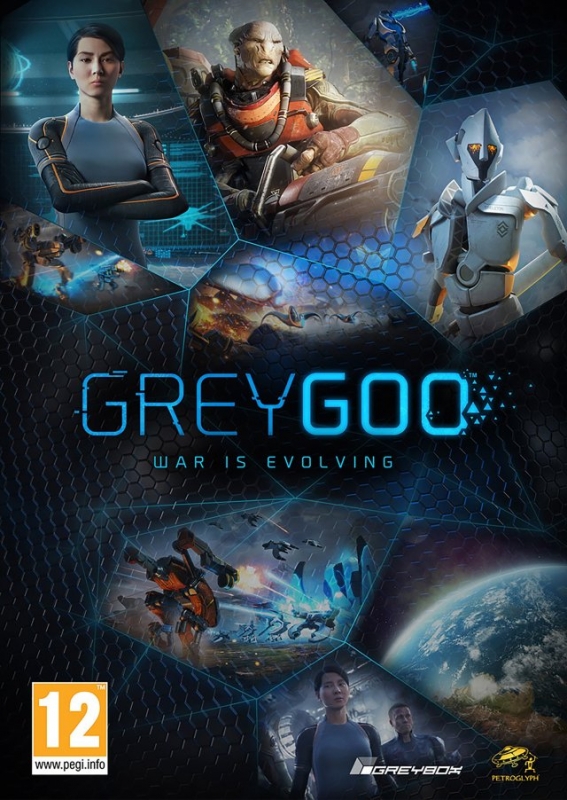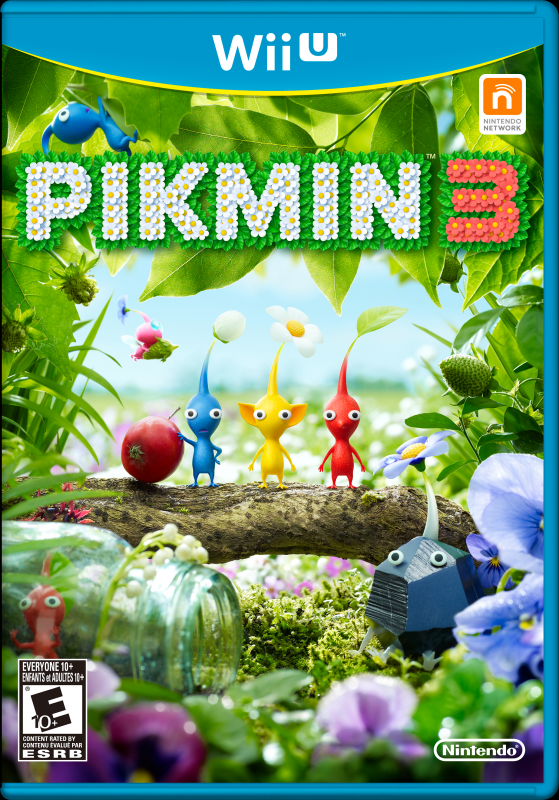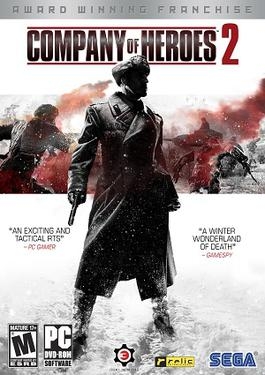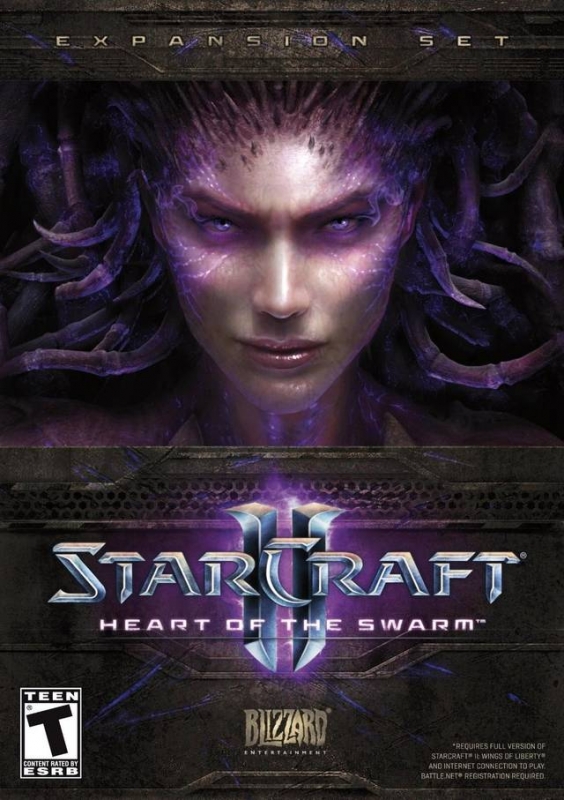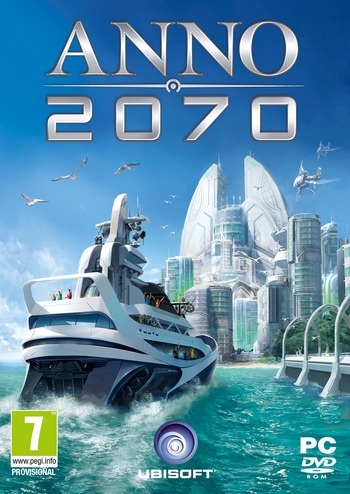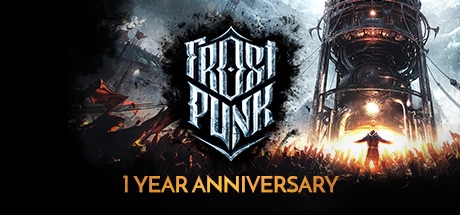
History of Real-Time Strategy: The Resurgence (2011 - 2018) - Article
by Taneli Palola , posted on 13 June 2019 / 3,865 ViewsBy 2010 real-time strategy as a genre had gone through a number of phases, from its early development in the 1980s to its rise to one of the most popular video game genres in the world during the 1990s. This was then followed by the genre's peak years around the turn of the millennium, but then finally as the 2000s rolled on it began a slow decline with other types of games taking over the PC gaming sphere.
RTS had hit its lowest point in decades, and unfortunately it hadn't even reached its nadir yet. As we get closer to present day the genre will begin to gradually restore itself, but over the first few years of the decade real-time strategy would reach a point where the entire genre almost disappeared entirely for a time. Welcome to the final part of our history of real-time strategy series.
The Only Way Is Up Now
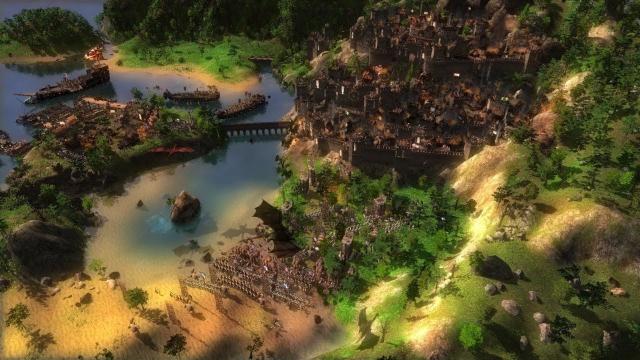
Going into 2011 real-time strategy was essentially in freefall. The number of games being produced each year dropped below ten new titles for the first time since 1995, and even the ones that were made generally left very little lasting impression, although quite a few of them were perfectly good games.
The list of RTS games released in 2011 included two MMORTSs (Dawn of Fantasy and Illyriad), a few of sequels to existing franchises (Anno 2070, Stronghold 3 and Total War: Shogun 2), two expansions (Warhammer 40,000: Dawn of War 2 – Retribution and Men of War: Assault Squad), a pair of entirely new titles (Achron and Sengoku) neither of which was particularly well received, and pretty much nothing else. The sad part is that this was a much better year than 2012 would turn out to be.
Things actually got so bad in 2012 that I was able to find only four commercially released real-time strategy titles for the entire year, and if we're just counting full games and excluding grand strategy releases then the list is reduced further still to just – Hegemony Gold: Wars of Ancient Greece and Naval War: Arctic Circle.
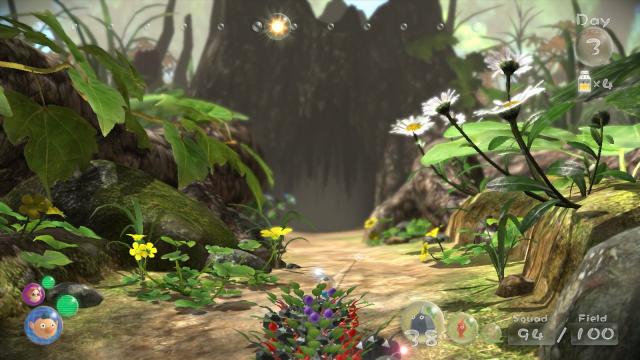
However, to take something positive from this, at least things couldn't really get much worse than this, and indeed, if I have to point to a specific time as the absolute lowest point in the history of real-time strategy then it would be 2012. The genre has never reached the heights it attained around the turn of the millennium, but neither has it ever again dipped quite so low as it did here.
In fact, signs of a resurgence were already beginning to show the following year. The actual number of new titles remained quite low, but among them were several big releases that definitely helped the genre to at least start recovering from its slump. Some of the notable titles included the likes of Company of Heroes 2 and Pikmin 3, as well as expansions such as Starcraft II: Heart of the Swarm and Age of Empires II: The Forgotten, which was specifically created for the HD rerelease of AoE II and released over 14 years after the game's original launch.
However, it was clear that real-time strategy as a whole was nowhere near where it had once been. The games that were now keeping the genre afloat and driving its slow restoration were almost invariably sequels, expansions, or rereleases, with very few if any genuinely new names to be found among the new releases. What this meant was that while there was still definite interest for RTS and a place for it in the market, companies were reluctant to invest in anything that wasn't an existing and tested IP with proven name value.
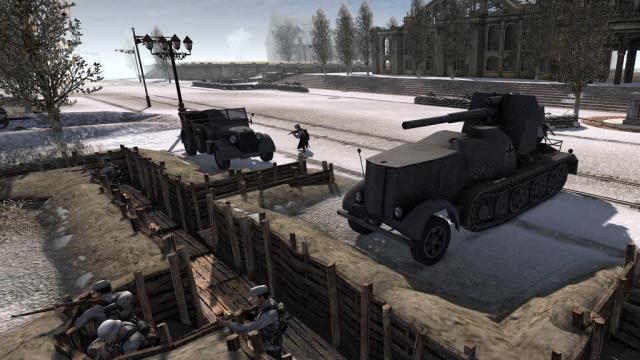
Perhaps because of this reluctance 2014 turned out to be yet another poor year for real-time strategy, although not on the level of 2012. Most of the released titles were once again either sequels or expansions, and the few new games that did come out were fairly poor quality as a whole. When the highest rated RTS game of the year is Men of War: Assault Squad 2, with its average metacritic score of 68, there's not exactly all that much of note to talk about.
When talking about the state of any genre as a whole, often it's good to look at the developers that are working primarily within that one specific genre; how well are they doing and how many are finding success? In the RTS genre the unfortunate fact for much of the 2000s had been that the vast majority of developers that were able to succeed were ones that had been around since the mid-90s or even earlier, and even among them many had gone out of business in the 10 years leading up to 2015.
In addition, very few notable new studios had been formed to replace the companies that had disappeared. Many smaller developers had been founded, but most of them achieved nominal success at best. Out of all of the new companies born in the 2000s primarily making RTS games the most successful is likely Petroglyph Games, which was founded by a number of former Westwood Studios employees in 2003.
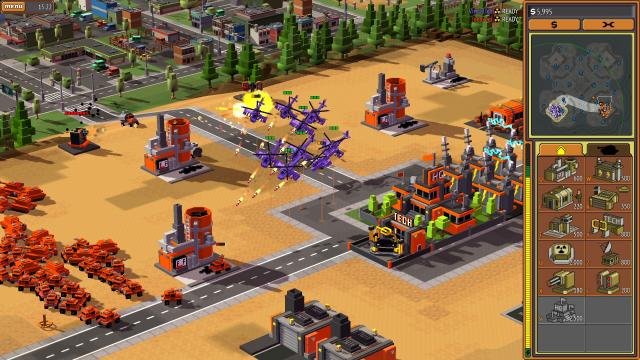
Petroglyph had found moderate success over the years with games like Star Wars: Empire at War and Universe at War: Earth Assault. However, it had never quite made it to the top tier of RTS developers, making mostly competent but forgettable titles that were enjoyable enough but lacked any elements to make them truly stand out. Regardless, the studio has been among the most prolific RTS developers in the world over the last 15 years, and more recently developed real-time strategy titles like Grey Goo (2015), 8-Bit Armies (2016), and Forged Battallion (2018). In general its forte seems to be old-school style RTS games in the vein of titles like Command & Conquer.
Even though Petroglyph hasn't yet managed to take that last step to becoming a top tier RTS developer, it's certainly showed the potential to become one. The team seemingly just needs that one right project to push them there, and it might just have that right now, as it's the studio contracted by EA to create the remasters for both the original Command & Conquer as well as Red Alert. Provided these turn out well, Petroglyph might have a very bright future ahead of it.
In general, the last few years (from 2015 onwards) have actually been quite encouraging for real-time strategy. After three bleak years the genre finally began to show signs of life as both the quantity and quality of titles rose significantly. Of course, we were still nowhere near the peak years, but now there was at least a glimmer of hope for the future.
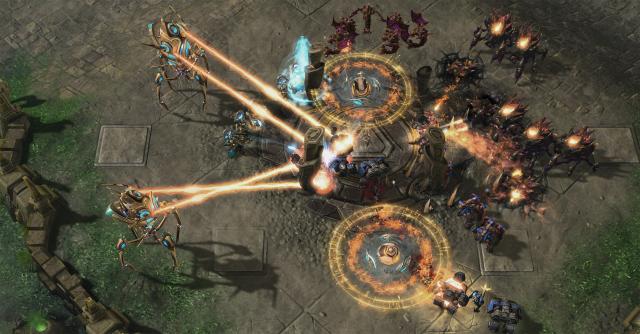
In 2015 we got titles like StarCraft II: Legacy of the Void, the third part of the Starcraft II trilogy; Homeworld Remastered Collection, featuring the first two main games in the series; Anno 2205, the sixth entry in the city-building RTS series; and Age of Empires II: The African Kingdoms, another expansion to the old classic. In addition there were numerous smaller titles like Act of Aggression and the aforementioned Grey Goo that bolstered the numbers as well.
Still, certain issues remained prevalent, notably the fact that even though the number of new releases was increasing, they were mostly titles that were a part of established long-running franchises, while most genuinely new names were quickly forgotten. It seemed like people were still willing to buy RTS games, but only really when they were already familiar with them beforehand.
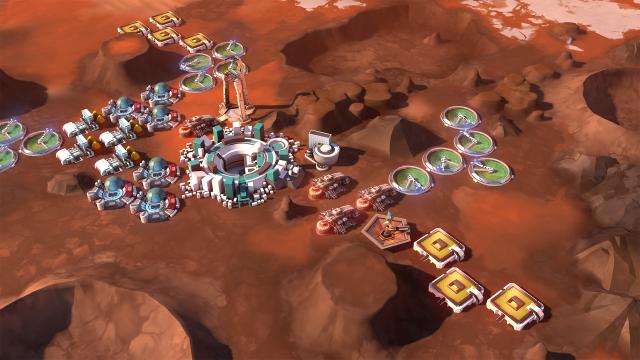
The following year on the other hand began to show a somewhat different trend. We still saw the release of several games in previously established franchises like Cossacks 3, Homeworld: Deserts of Kharak and Total War: Warhammer, but for the first time in almost ten years there were more previously unknown names populating the RTS space. Titles like Battlefleet Gothic: Armada, Ashes of the Singularity, Offworld Trading Company and 8-Bit Armies showed that there was still plenty of life left in real-time strategy. Not all of these titles were necessarily great, but they definitely helped re-establish the genre in people's eyes.
Over the last few years there has been more of an equilibrium between new games and sequels. Several big franchises have continued to dominate the genre with releases like Warhammer 40,000: Dawn of War III, Halo Wars 2, Spellforce 3 and StarCraft: Remastered, but at the same time several entirely new names have managed to establish themselves as serious contenders as well.
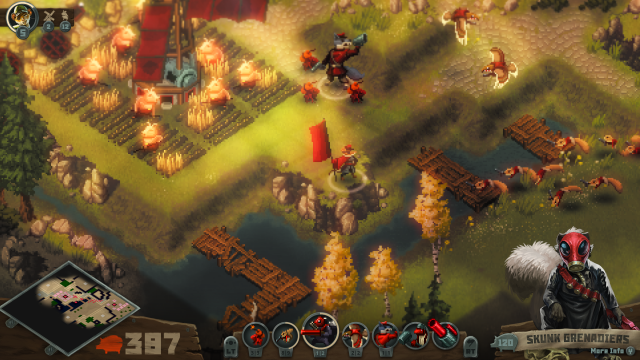
Some of the most notable ones include Tooth & Tail, a game set in a society of anthropomorphic animals where severe food shortages lead to an uprising of several political parties regarding the distribution of food; They Are Billions, a post-apocalyptic RTS set in a zombie-infested world and focused on defending the player's population from them; and Frostpunk, which is admittedly more of a city-building game with survival elements rather than a pure real-time strategy.
As we get to the end of this retrospective look at the history of real-time strategy it's quite satisfying to note that although the best years of the genre are likely behind us for good, its future is actually looking quite healthy all things considered. Outside of some extremely rare exceptions we're likely never again going to see the kind of sales the biggest RTS games achieved around the turn of the millennium, but that's not something the genre necessarily even needs at this point.
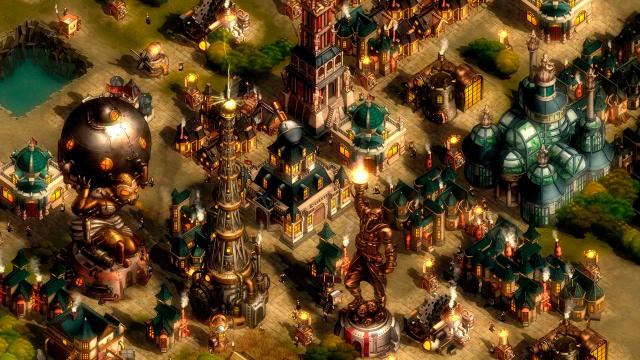
It's deceptively easy to discount genres like real-time strategy after they fall out of the limelight and consider them just relics of the past. Yet, underneath the big blockbuster titles that sell millions and millions of copies there is a place for countless different niche releases, among them many successful RTS games that keep coming out every single year, quietly finding a devoted playerbase and carving out a spot for themselves.
The mainstream has long since left real-time strategy behind, but that doesn't mean it's gone or forgotten. All you need to do is look a little deeper and you'll find a healthy and often thriving genre of both big and small games from studios of all sizes. For the first time in years there are genuine reasons to be truly excited for the future of real-time strategy, and considering just how low the genre fell less than a decade ago I'd say that's quite an achievement in and of itself.
Sources:
-1001 Video Games You Must Play Before You die
-Build, gather, brawl, repeat: The history of real-time strategy games (Ars Technica)
More Articles
This was a wonderful end to my favourite series of articles that I've read in the last few years. I'm a big RTS fan so finding these articles to read has been incredible.
It also reminds me that I should go back to Forged Battalion at some point.
You've given some games to look up, because I don't quite share your sentiment. At least not yet. There are more strategy games coming out, but the scale and quality has been rough imo.
Well, the genre is definitely not where it once was, but it's still certainly in a much better shape now than it was five or six years ago. There's ways to go still, no question, but I would still argue that we're heading towards a more positive direction overall.









